How To Use Binoculars?
Binoculars are a versatile tool used for a variety of activities, from bird watching and stargazing to sports events and hiking. Understanding how to use binoculars effectively can greatly enhance your experience and ensure you get the most out of your investment. This article will guide you through the essential steps and tips for using binoculars, covering everything from choosing the right pair to maintaining them for long-term use.
Choosing the Right Binoculars
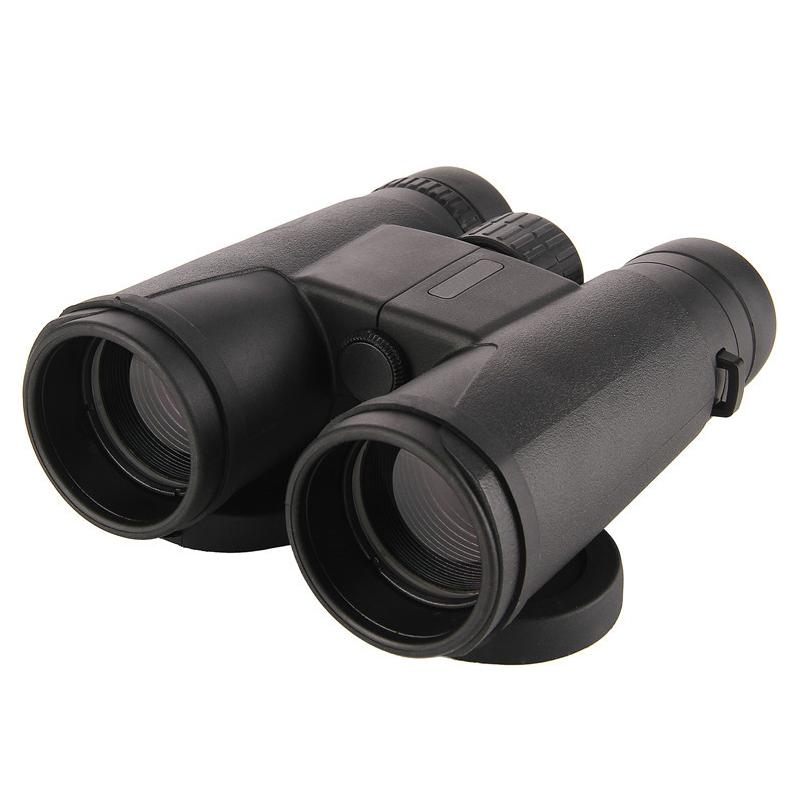
Before diving into the usage, it's crucial to select the right binoculars for your needs. Binoculars come in various sizes, magnifications, and features, so consider the following factors:
1. Magnification and Objective Lens Diameter: Binoculars are often described by two numbers, such as 10x42. The first number (10x) is the magnification power, and the second number (42) is the diameter of the objective lenses in millimeters. Higher magnification provides a closer view but can be harder to stabilize. A larger objective lens allows more light to enter, improving image brightness and clarity, especially in low-light conditions.
2. Field of View: This is the width of the area you can see through the binoculars at a specific distance. A wider field of view is beneficial for tracking moving objects, such as birds or athletes.
3. Weight and Size: Consider how you plan to use the binoculars. Compact binoculars are lightweight and portable, ideal for hiking and travel. Larger binoculars may offer better image quality but can be cumbersome to carry.
4. Prism Type: Binoculars use either roof prisms or Porro prisms. Roof prisms are more compact and durable, while Porro prisms generally provide better image quality at a lower cost.
5. Coatings: Look for binoculars with coated lenses, as these reduce glare and improve image brightness and contrast.
Adjusting the Binoculars

Once you have the right pair of binoculars, proper adjustment is key to getting a clear and comfortable view. Follow these steps to adjust your binoculars:
1. Interpupillary Distance (IPD): This is the distance between the centers of your eyes. Most binoculars have a hinge that allows you to adjust the distance between the two eyepieces. Hold the binoculars up to your eyes and move the barrels closer together or farther apart until you see a single, circular field of view.
2. Focusing: Binoculars typically have a central focusing wheel and a diopter adjustment. Start by closing your right eye and using the central focusing wheel to focus on an object with your left eye. Once the image is sharp, close your left eye and use the diopter adjustment (usually located on the right eyepiece) to focus with your right eye. This compensates for any differences in vision between your eyes.
3. Eye Relief: Eye relief is the distance from the eyepiece to your eye where you can see the full field of view. If you wear glasses, look for binoculars with longer eye relief (15mm or more). Many binoculars have adjustable eyecups that can be twisted up or down to accommodate glasses or provide a more comfortable viewing experience.
Using Binoculars Effectively
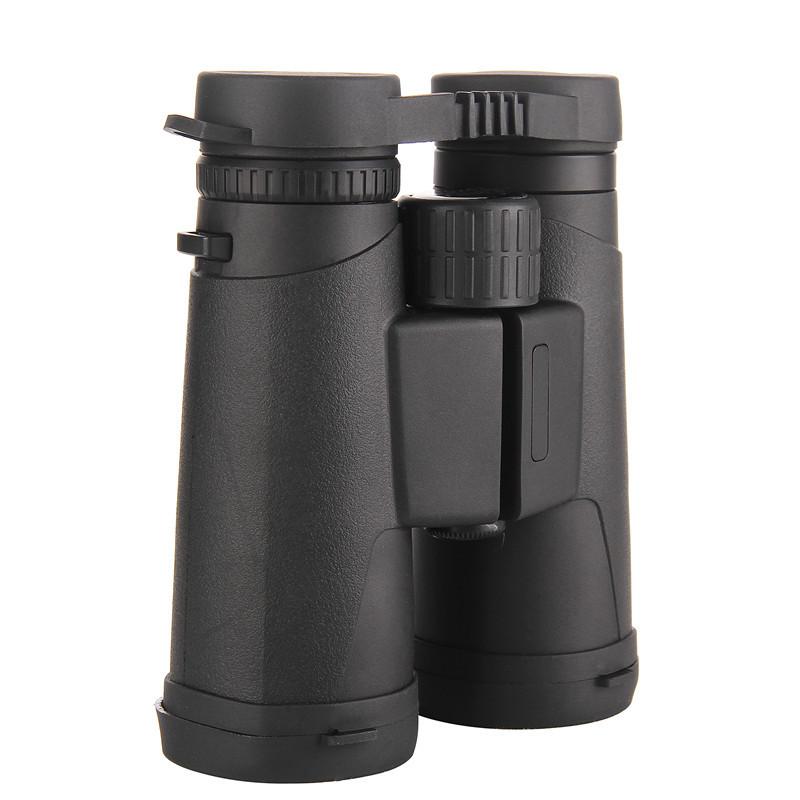
With your binoculars properly adjusted, you can now use them effectively in various scenarios:
1. Stabilizing the View: Holding binoculars steady is crucial for a clear image, especially at higher magnifications. Use both hands and brace your elbows against your body. If possible, rest your arms on a stable surface or use a tripod for extended viewing sessions.
2. Scanning and Tracking: When scanning an area, use a slow, sweeping motion. Start from one side and move horizontally or vertically across the field of view. To track moving objects, such as birds or athletes, keep both eyes open and follow the object with smooth movements.
3. Adjusting for Light Conditions: In low-light conditions, such as dawn or dusk, larger objective lenses and higher-quality coatings can make a significant difference. If your binoculars have adjustable settings, such as a zoom feature, use them to optimize the image based on the available light.
4. Cleaning and Maintenance: Keep your binoculars clean and well-maintained to ensure optimal performance. Use a soft, lint-free cloth to clean the lenses, and avoid touching them with your fingers. Store your binoculars in a protective case when not in use, and avoid exposing them to extreme temperatures or moisture.
Practical Applications
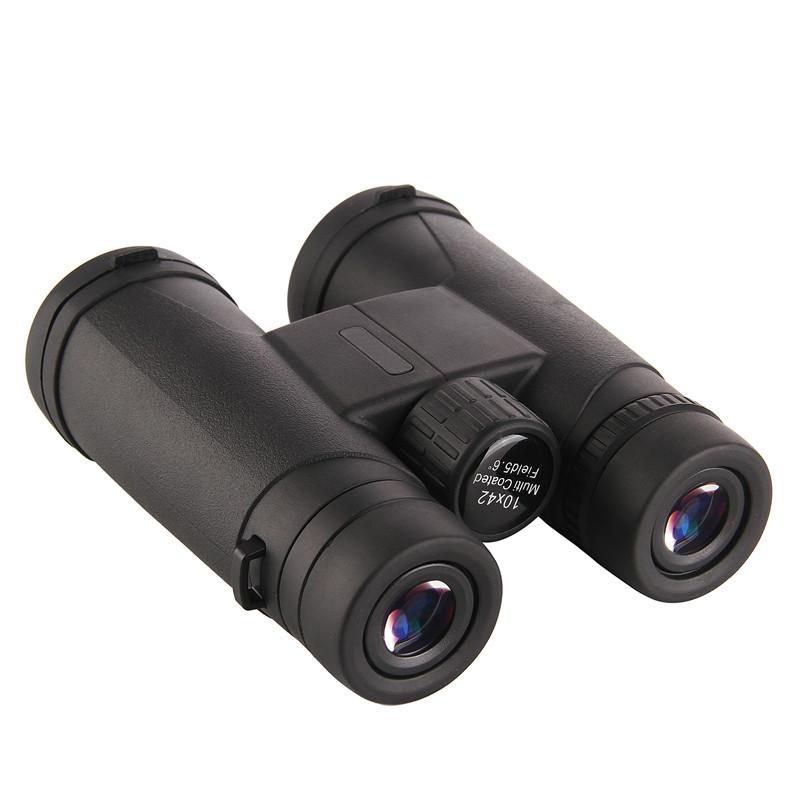
Binoculars can be used in a variety of activities, each with its own set of best practices:
1. Bird Watching: Choose binoculars with a wide field of view and good close-focus capabilities. Patience and practice are key to spotting and identifying birds. Learn to recognize bird calls and behaviors to improve your chances of locating them.
2. Stargazing: For astronomy, larger binoculars with higher magnification and larger objective lenses are ideal. Find a dark location away from city lights, and use a tripod to stabilize your view. Familiarize yourself with constellations and celestial objects to enhance your stargazing experience.
3. Sports Events: Compact binoculars with a wide field of view are perfect for sports events. They allow you to follow the action and see details that might be missed with the naked eye. Practice quickly adjusting the focus to keep up with fast-moving plays.
4. Hiking and Wildlife Observation: Lightweight, waterproof binoculars are ideal for hiking and wildlife observation. Look for models with good durability and weather resistance. Learn to move quietly and patiently to avoid startling wildlife.
Troubleshooting Common Issues
Even with the best binoculars, you may encounter some common issues. Here are a few troubleshooting tips:
1. Double Vision: If you see two overlapping images, your binoculars may be out of alignment. Check the IPD adjustment and ensure both barrels are aligned. If the problem persists, professional realignment may be necessary.
2. Blurry Image: Ensure the lenses are clean and free of smudges. Recheck the focus and diopter settings. If the image is still blurry, it could be due to poor-quality optics or damage to the lenses.
3. Eye Strain: If you experience eye strain or discomfort, take breaks and ensure the eye relief is properly adjusted. Make sure the binoculars are correctly focused for both eyes.
Using binoculars effectively requires a combination of choosing the right pair, making proper adjustments, and applying best practices for different activities. By following the guidelines outlined in this article, you can enhance your viewing experience and make the most of your binoculars. Whether you're a bird watcher, stargazer, sports enthusiast, or nature lover, mastering the use of binoculars will open up a world of detail and wonder.


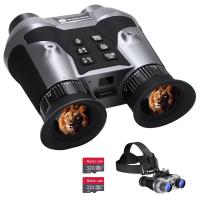
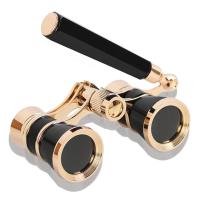

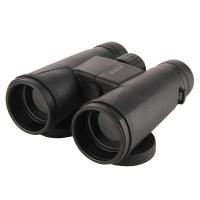
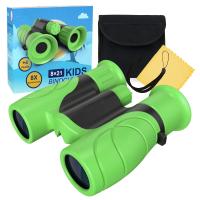

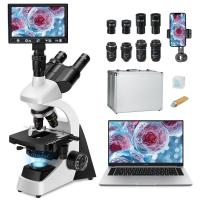
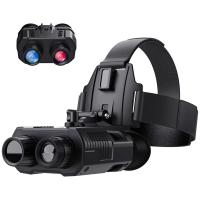
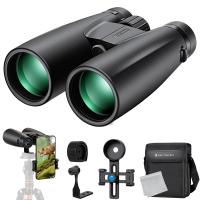
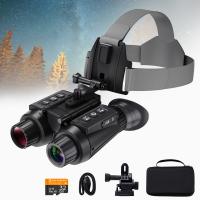

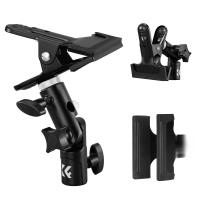
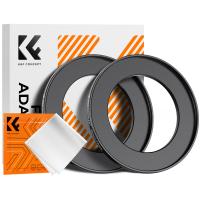
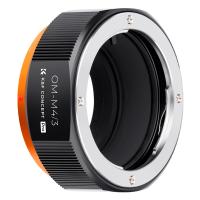


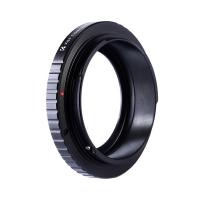
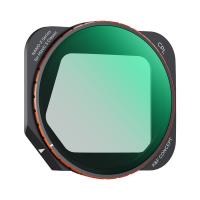

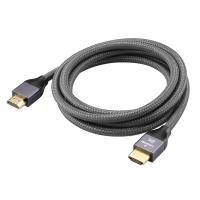
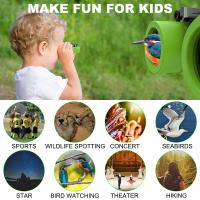

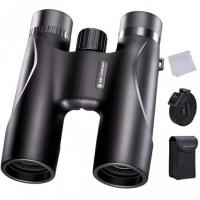


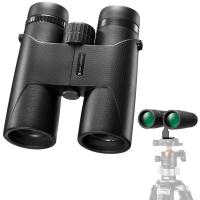

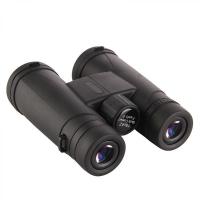
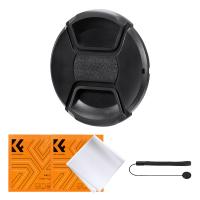






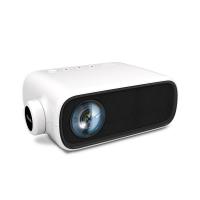
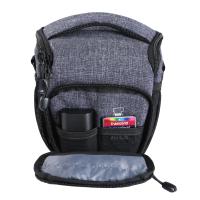

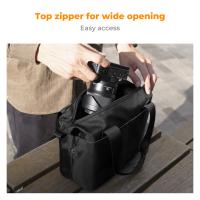
There are no comments for this blog.